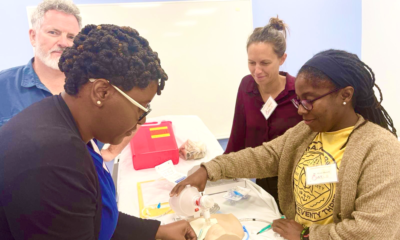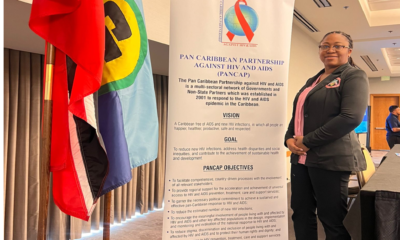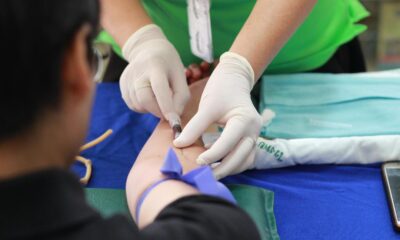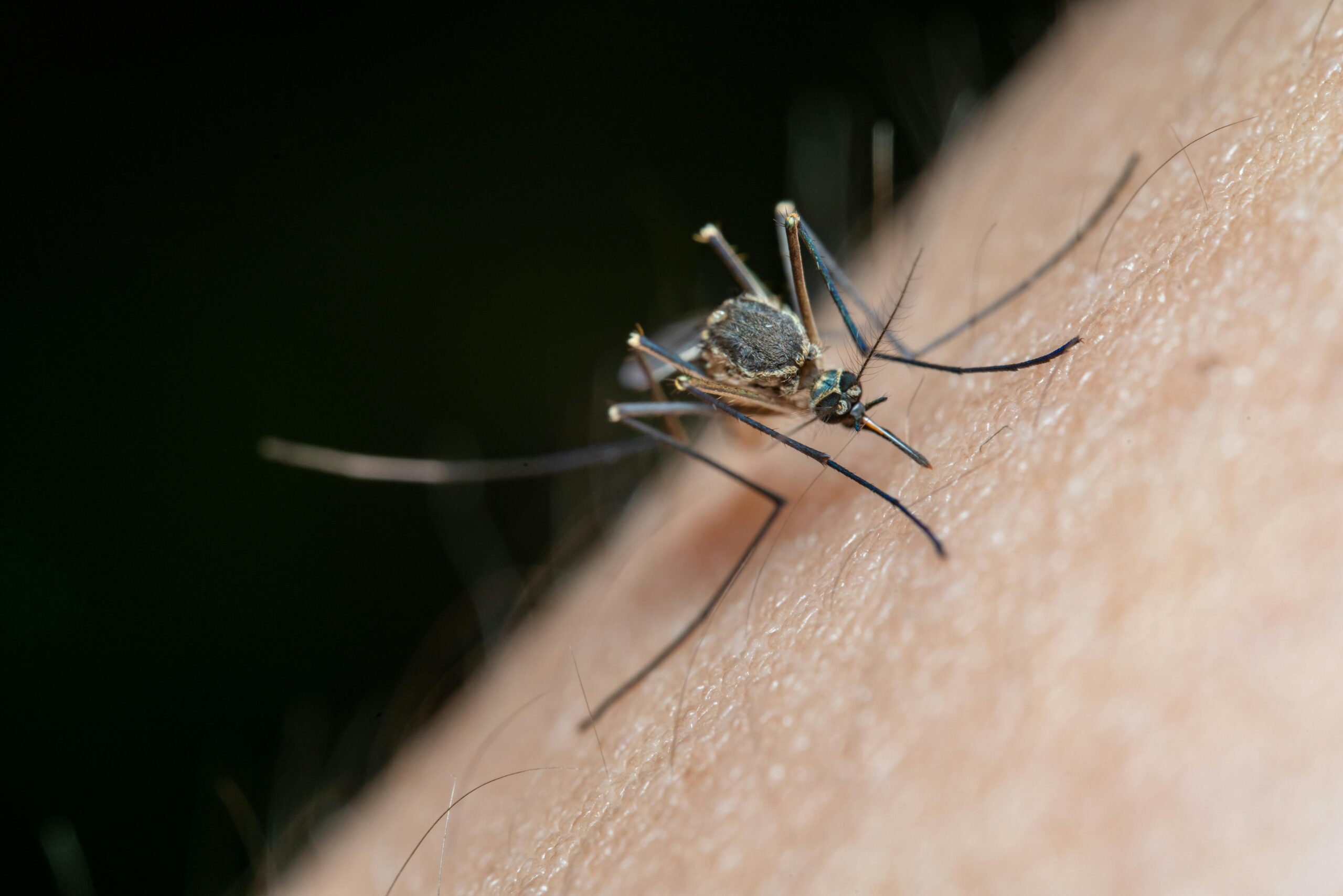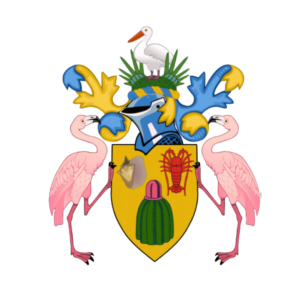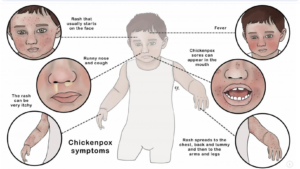As you go through your day, you probably don’t spend much time thinkingabout your heart and all that it’s doing. But let’s take a few moments to appreciate this life-sustaining organ in your chest.
Your heart starts beating well before you’re born and continues its rhythmic work until the day you die. That’s just the start (and end) of its amazing story, though.
Here are a few more heart-related facts, courtesy of cardiologist Brian Griffin, MD.
1. Your heart beats about 100,000 times per day. During the average person’s lifetime, their heart beats more than 2.6 billion times. (Your pulse is a way you can feel your heart beating.)
2. The beating sound from your heart — lub-dub, lub-dub, lub-dub — is from the clap of valve leaflets opening and closing.
3. A typical human heart valve is about the size of a half dollar.
4. Each minute, your heart pumps nearly 1.5 gallons (5.7 liters) of blood. That’s a pump flow rate that could fill an Olympic-sized swimming pool in less than a year. (Talk about a gold medal effort!)
5. Your adult-sized heart is about the size of two hands clasped together. A child’s heart is about the size of a single fist.
6. Location is everything in life, right? That’s true for your heart, too. It’s located in the front of your chest, slightly behind and to the left of your breastbone. Your ribs offer extra protection for the vital organ.
7. To make room for your heart, your left lung is slightly smaller than your right lung.
8. Your heart weighs somewhere between 7 ounces and 15 ounces (200 grams to 425 grams), or less than a pound. The average male’s heart weighs 2 ounces (57 grams) more than the average female’s heart.
9. For comparison’s sake, a blue whale — the world’s largest animal — has a heart weighing more than 1,000 pounds. A person could easily crawl through the aorta in that sized heart.
10. The smallest animal heart can be found in fairyflies. You’d need a microscope to see the ticker in this tiny insect.
11. Your heart works as a coordinated machine. The right side of your heart pumps “used” blood from your body into your lungs, where it refills with oxygen. The left side of your heart then pumps re-oxygenated blood back into your body.
12. Almost every cell in your body gets blood from your heart. The outliers can be found in the corneas of your eyes.
13. Your heart pumps blood through about 60,000 miles (96,000 kilometers) of blood vessels. To put that in perspective, this blood tubing system could circle the Earth at the equator TWICE.
14. A female’s average heartbeat is faster than a male’s by almost eight beats a minute. The reason? Because their hearts are usually smaller in size, females need their hearts to beat more to pump the same amount of blood.
15. A typical heart pumps approximately 4 tablespoons of blood with each beat.
16. Your heart has its own electrical supply and will continue to beat even when separated from your body. This specialized network of cells is known as the heart’s electrical conduction system.
17. Heart disease is the greatest single threat to your health and the leading cause of death globally. The good news? You can help manage your heart health through dietary choices, regular exercise and stress management.
18. It’s true that some heart problems can be inherited. It’s also true that you can minimize their impact by managing blood pressure and cholesterol through a heart-healthy lifestyle. (See #15.)
19. Runners have a 45% lower risk of heart disease or stroke.
20. Cardiac health is an age-old issue, as evidence of heart disease has been found in 3,000-year-old mummies.
21. Research shows that Monday — the start of the traditional work week — is the most common day of the week to experience a heart attack. It’s a phenomenon known as the “Blue Monday” effect.
22. The holiday season is also heart attack season. More cardiac deaths occur on December 25 than any other day of the year. The second and third-deadliest days are December 26 and January 1.
23. A joke a day may help keep the heart doctor away, as laughing can improve heart health by lowering stress and relaxing blood vessels. Happiness can lower your risk of heart disease, too.
24. Why does the heart symbolize love? Probably because of the pitter-patter you feel in your chest when Cupid’s arrow strikes. (But in truth, your brain controls love — but that would make for a lousy Valentine’s Day symbol.)
25. Despite your heart not being part of making a love connection, it can still be broken when relationships take a bad turn. An emotionally driven condition known as “broken heart syndrome” can temporarily weaken your heart muscle.
26. Heart cancer is very rare because heart cells stop dividing in adulthood, making them more resistant to the sort of mutations that can lead to cancer.
27. Modesty prompted the invention of the stethoscope, that iconic medical tool that healthcare providers use to listen to your heart. Before it existed, doctors had to press an ear directly to the chest of their patient.
28. The world’s first “stopped-heart” surgery took place at Cleveland Clinic in 1956. Today, this type of surgery — which uses a machine to pump blood throughout the body while the heart is stopped during an operation — is commonplace.
29. A cardiac surgeon at Cleveland Clinic pioneered coronary artery bypass surgery in the late 1960s. The surgery restores blood flow to areas of the heart using blood vessels transplanted from other parts of the body.
30. Each year, more than 2 million people around the world have open-heart surgery to address various heart conditions.
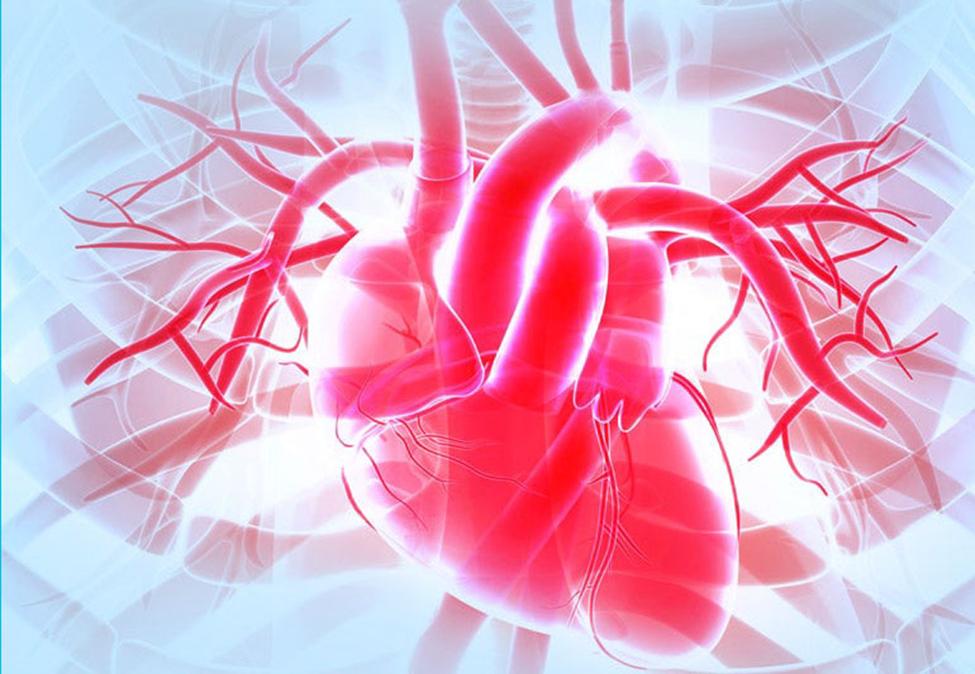
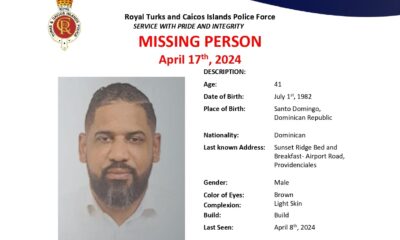
 News1 week ago
News1 week ago
 Health1 week ago
Health1 week ago
 TCI News5 days ago
TCI News5 days ago
 Caribbean News1 week ago
Caribbean News1 week ago
 Education1 week ago
Education1 week ago
 Caribbean News1 week ago
Caribbean News1 week ago
 Latin America and Caribbean2 days ago
Latin America and Caribbean2 days ago
 News1 week ago
News1 week ago
